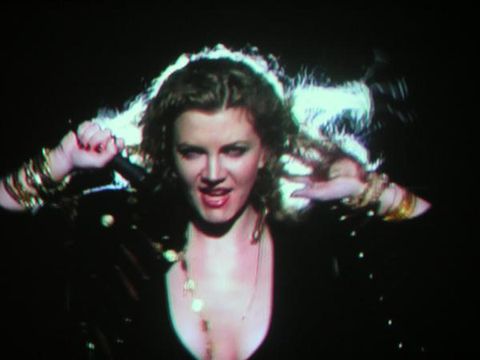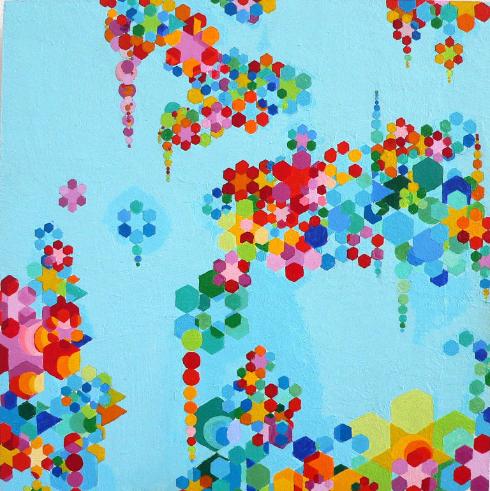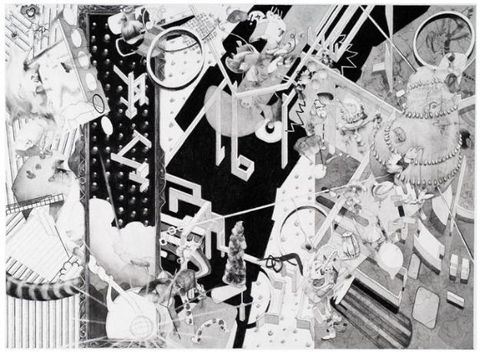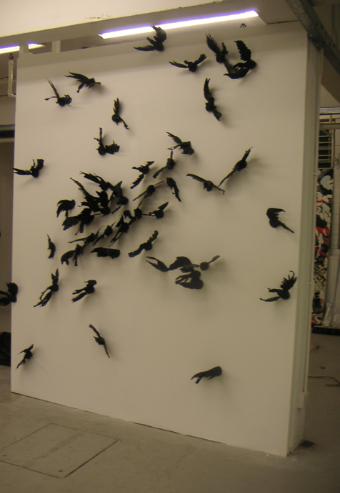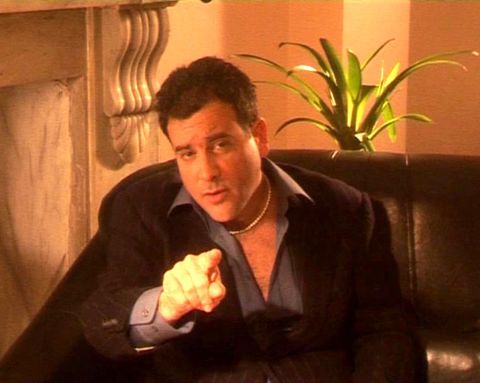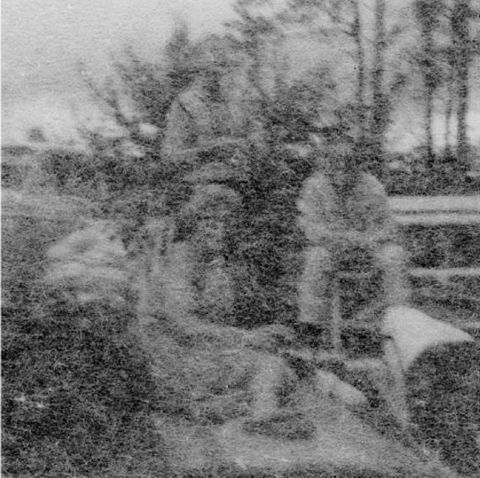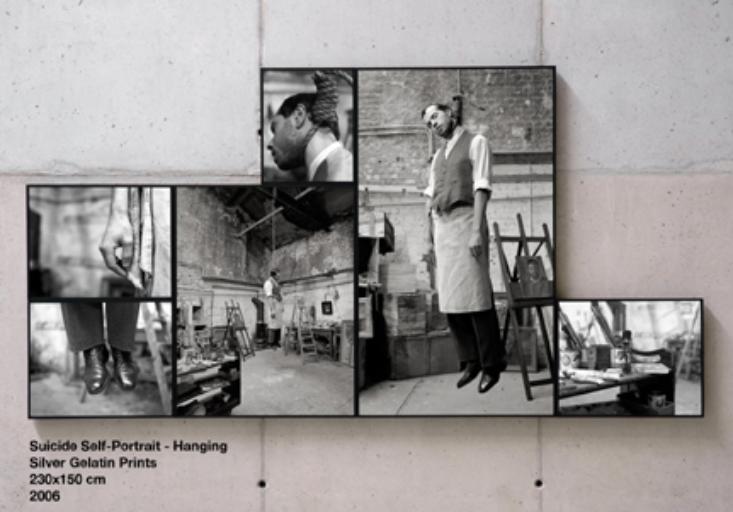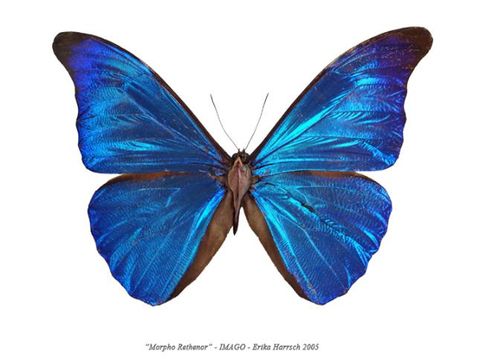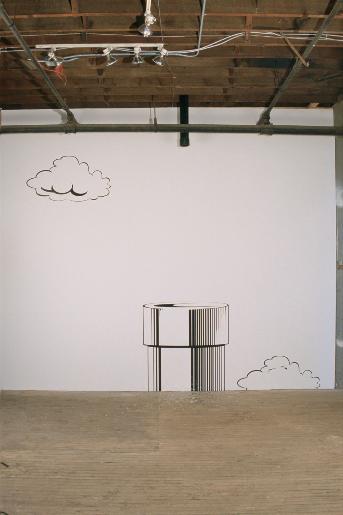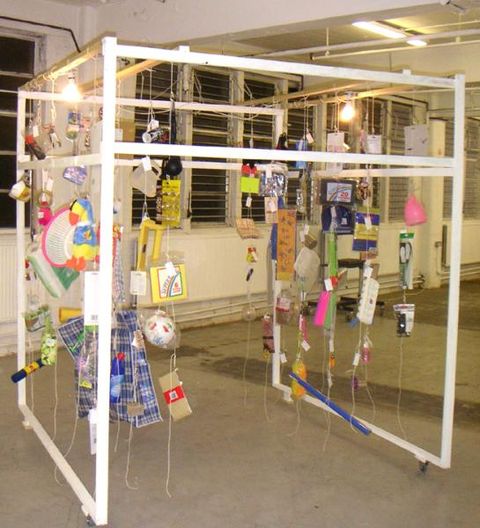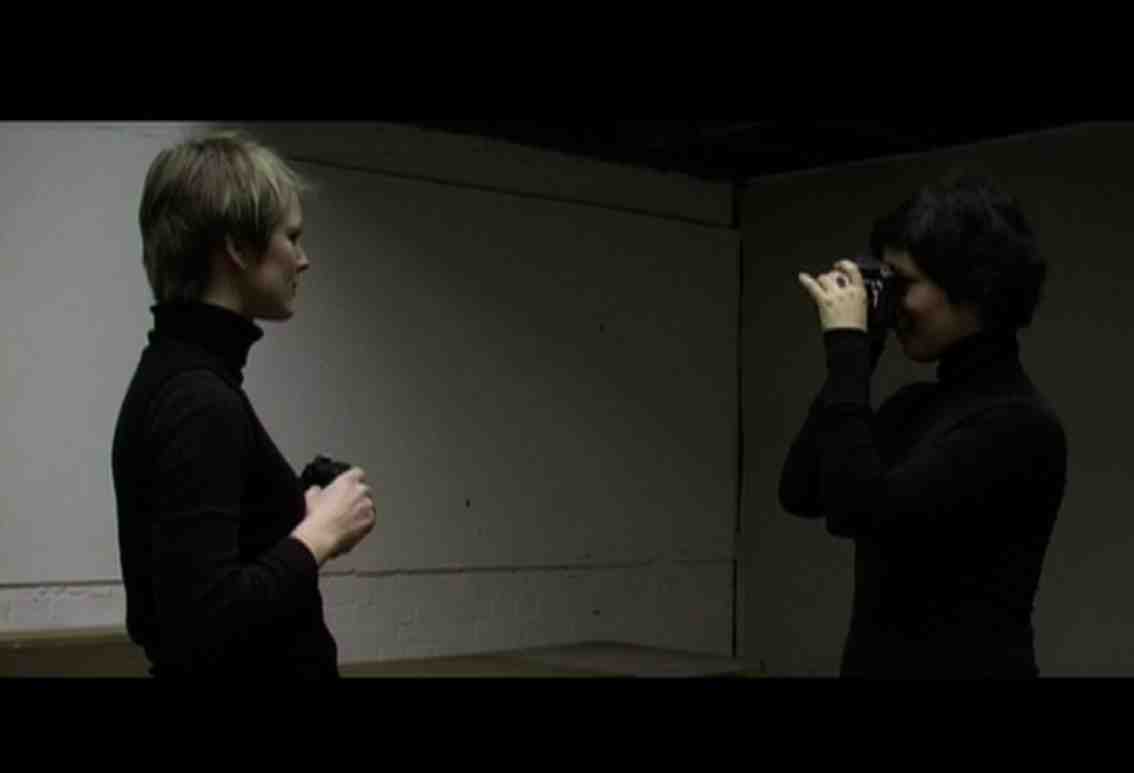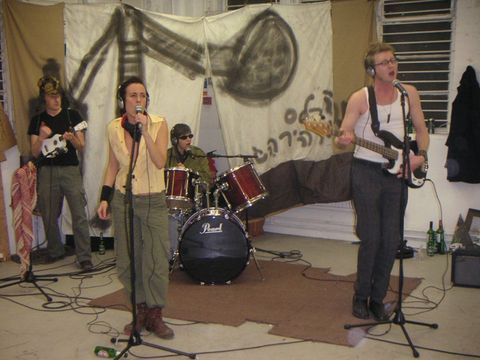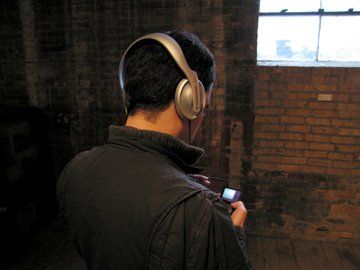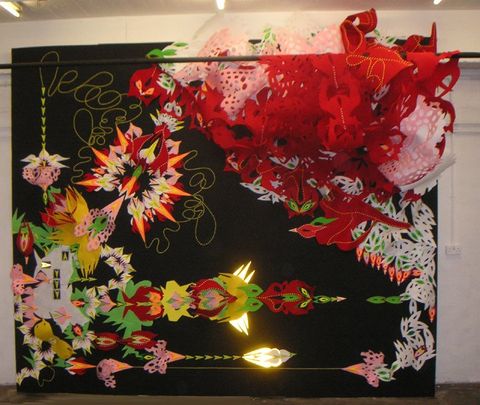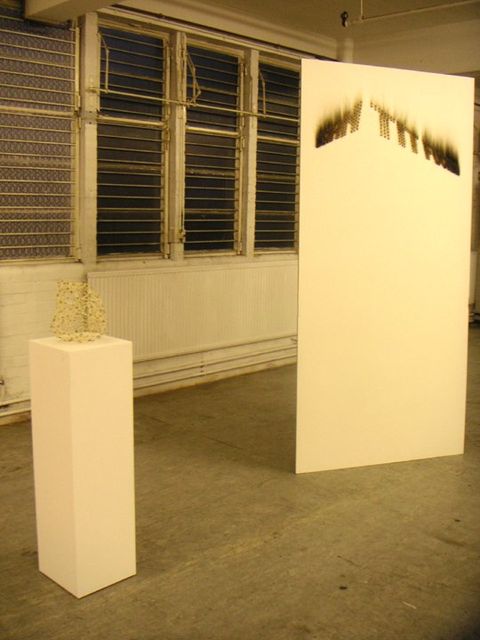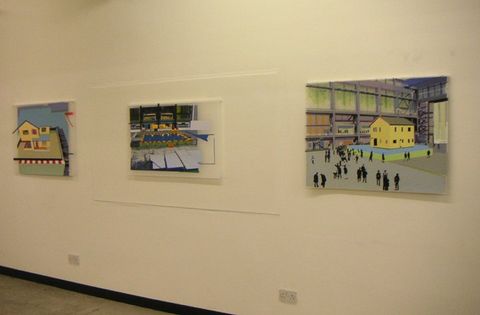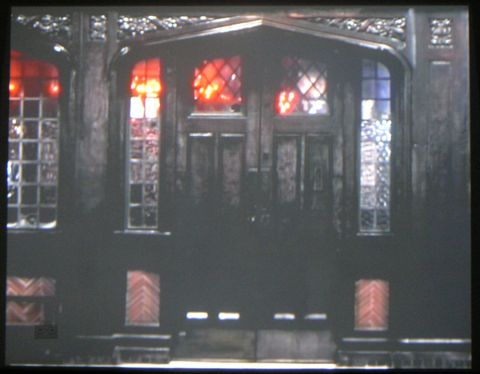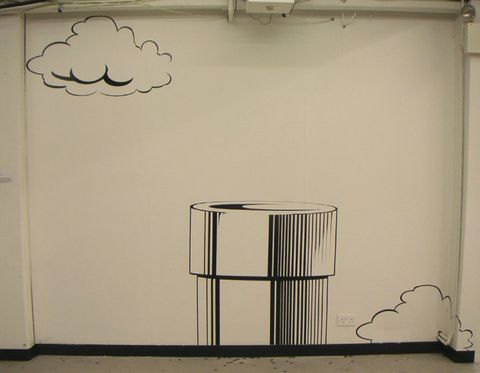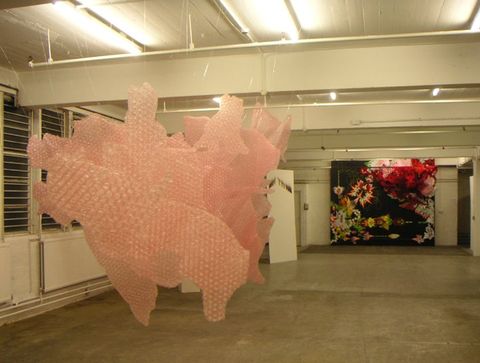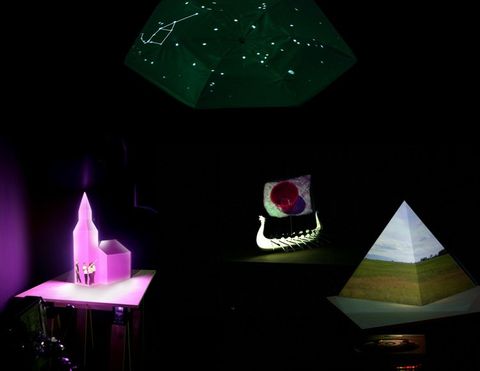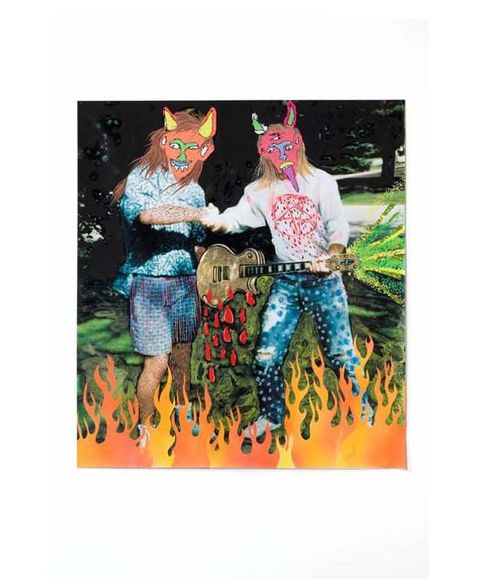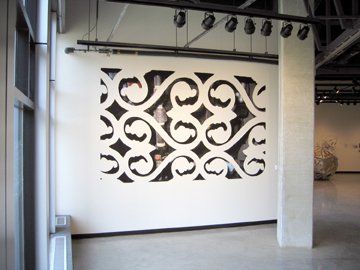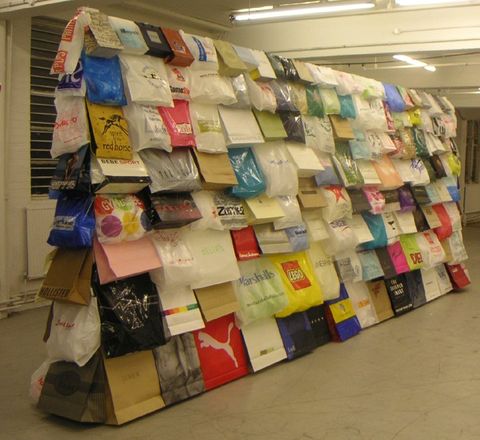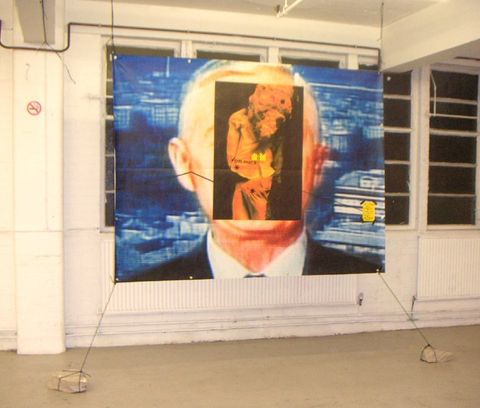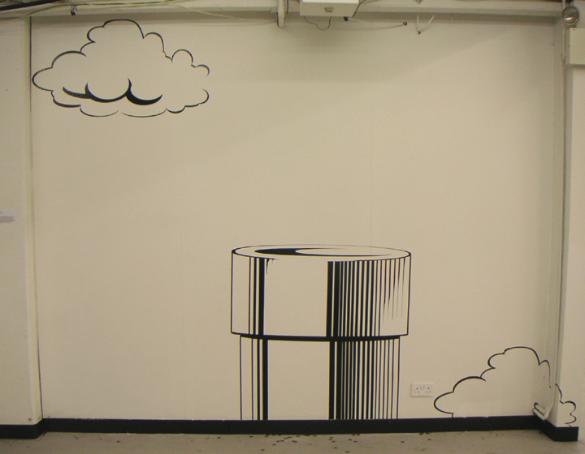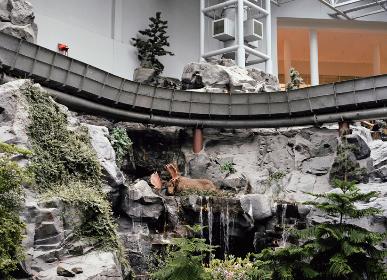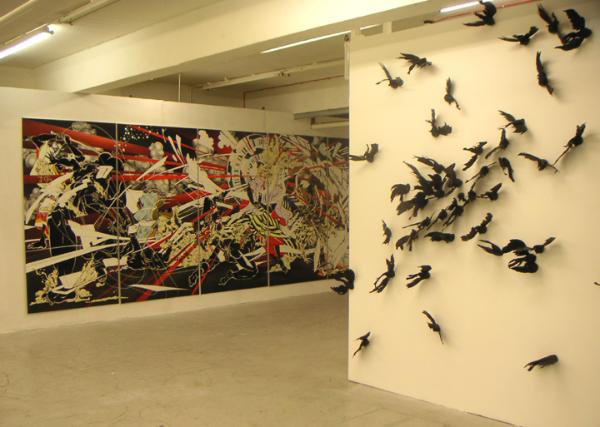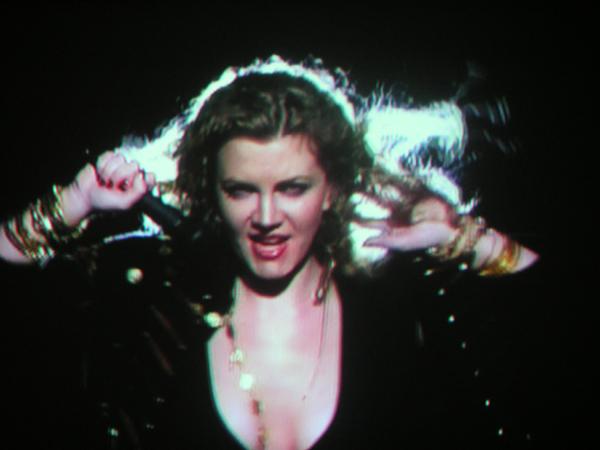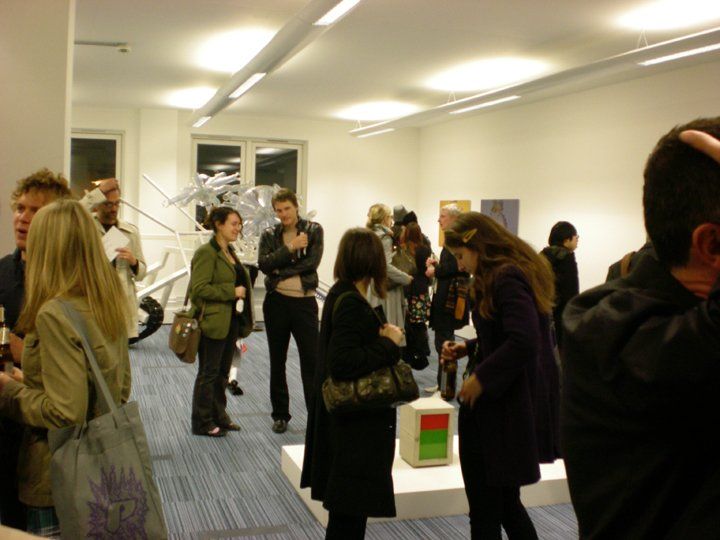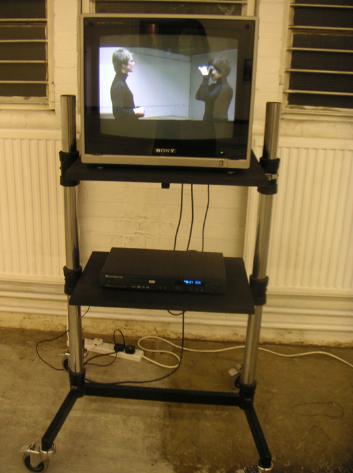NEIL HAMON
My current practice uses established forms of re-presentation such as photography, sculpture and film to investigate our relationship with loss and how we are lured into fictions or narratives in an attempt to grasp on to that which is constantly slipping away from us. At first glance the works may appear as familiar documentation, but upon closer inspection reveal themselves as carefully constructed conceits that question how we are lured into falsehoods because of our often-fatal desire to preserve, restore and remember. I generally focus on mediums of representation that lay claim to a depiction of truth through an indexical link to their subject. These are processes that rely on such a claim in order to function as accurate re-presentations, such as documentary photography and the more obsessive approaches of historical re-enactment and taxidermy. In earlier works I travelled the British Isles in order to meticulously document historical re-enactors and their re- enactments. The large-scale colour photo-works and smaller nostalgically tinted images that resulted, capture the objects, costumes and activities these war-weekenders assume in a bid to authenticate and re-live a lost past. Each image is printed and toned to match the photographic style of the time, pushing the re-enactors aim one step further by re-presenting them back into the two dimensional world from which they draw their references. The films and photographs are then combined with sculptural elements, such a taxidermised hare that breathes or a cast of a fish’s head, which appears to have attracted a group of fishing flies. It is the point at which the viewer is made to question the nature of the photographs and the relationship between the images and accompanying objects that interests me and how, through such questioning, the hold of a fiction can weaken. In more recent work I have taken on the role of both documentary photographer and subject by presenting a series of suicide self-portraits based on crime scene photography from 1920’s America. Each of the suicide works consist of a group of images that describe a single scene from varying viewpoints imitating the style of early crime-scene photography and re-presenting it in a fractured, non-linear way reminiscent of contemporary cinema. These works are often shown along side more substantial taxidermy dioramas that reference those found within natural history museums but within which something has gone seriously awry. All of these works take up a position somewhere between documentary and fiction.
